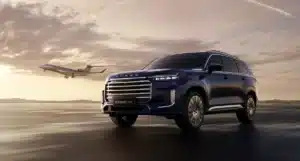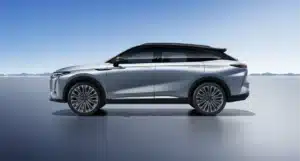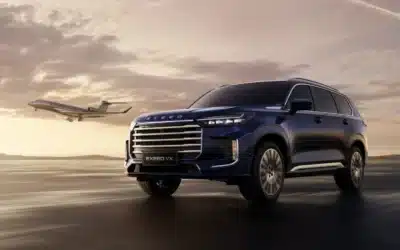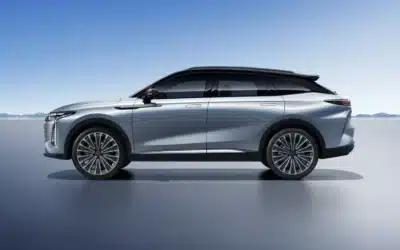
No country more vividly embodies humanity’s love affair with the automobile than the United States. Throughout its vast and varied landscape, the automobile has long been more than just a means of transport; it’s a symbol of freedom, innovation, and progress.
However, the global car industry is undergoing a radical rethink and a move away from the gas-guzzling barges beloved of yesteryear America, racing towards a clean and sustainable transport future.
How are American car makers realigning with net-zero objectives and shifting direction towards a new horizon? Not just in reconciling with electric car technology but also in addressing sustainability issues around vehicle manufacture?
It’s a bumpy ride on the US EV highway
In the US, Tesla has been a clear trailblazer; in 2023, Tesla’s achievements were impressive – over 1.8 million EVs delivered. The 2022 figures of 1.3m apparently resulted in reductions of 13.4 million metric tons of CO2 emissions from road traffic. It has also shown that electric cars can be cool and desirable.
With each new Gigafactory, Tesla reduces the carbon footprint of producing vehicles through efficiency initiatives such as optimized layouts, rooftop solar panels, and AI-enhanced energy usage.
Yet, Tesla reported disastrous third-quarter earnings in 2023, and on the stock market, its lowest quarterly earnings per share in two years, falling 10 per cent below already negative analyst forecasts. It’s also been overtaken by BYD as the world’s largest EV maker based on Q4 sales.
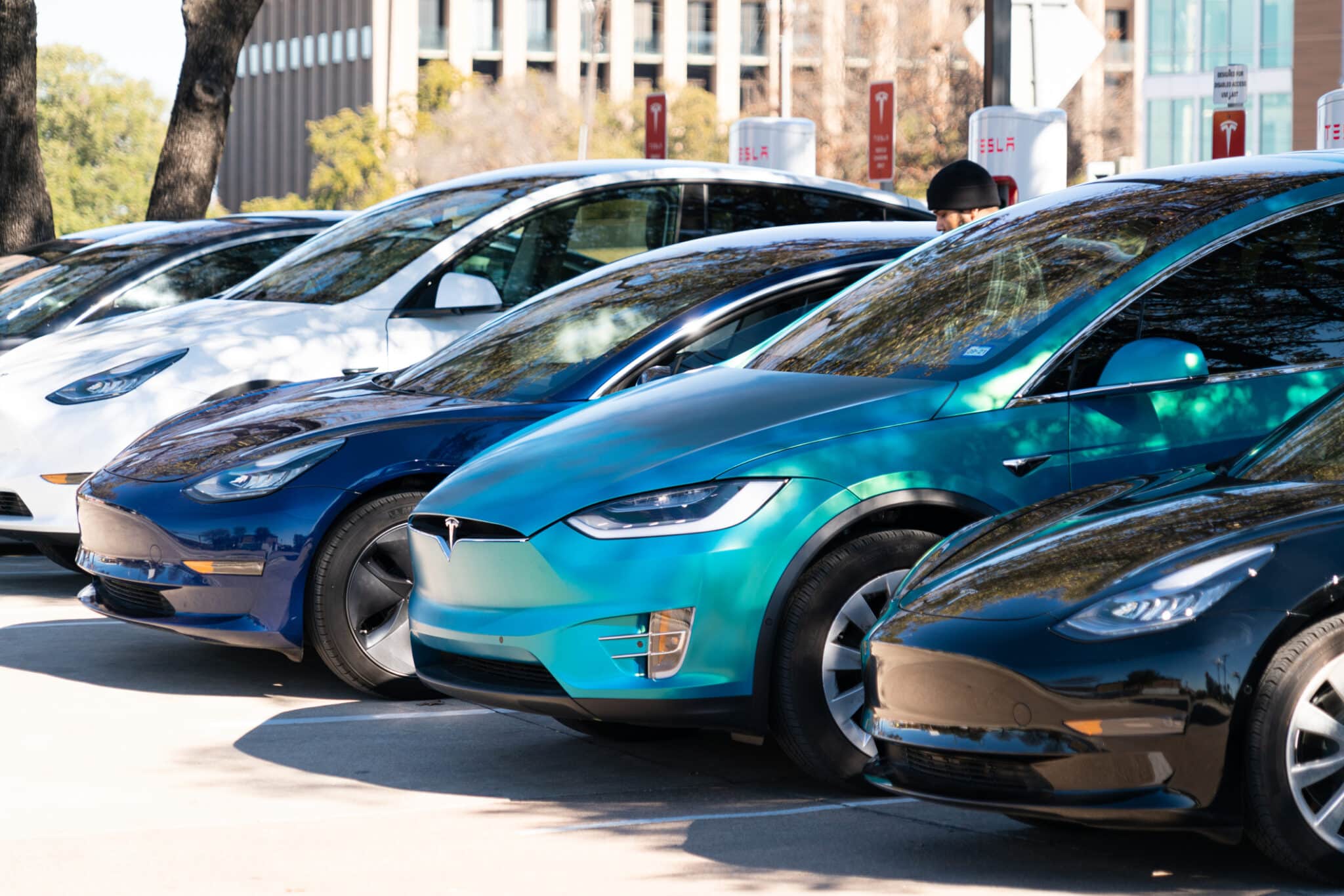
Tesla should take great credit for kick-starting the EV revolution in the USA. Despite being overtaken by BYD in global sales in Q4 2023, it’s the largest EV company in the US by far.
Ford and General Motors (GM), traditional titans of the American automotive industry, are also shifting gears. They’re investing billions in EVs and battery technologies, but the transition is cautious.
Amid concerns over profitability and consumer readiness, Ford announced a slowdown in the production of its F-150 Lightning electric pickup and a deferral in its $12 billion investment for new EV manufacturing capacity.
General Motors, an industry giant, has been recalibrating its EV targets to better align with customer demand. It has postponed the debut of its Chevy Silverado EV by an entire year while also dramatically shelving a £5 billion joint venture with Honda that was intended to develop affordable electric vehicles.
The company recently paused production of its BrightDrop electric commercial vans and revised its target to produce 400,000 electric vehicles by the first half of 2024. GM’s actions are a shock to the industry, as the company previously very prominently aligned itself with an EV future.
In contrast, Stellantis, the umbrella group that incorporates Jeep, Dodge, Chrysler, and RAM, was relatively late to the Stateside EV party but has laid out a robust electrification strategy. Under its “Dare Forward 2030” plan, Stellantis aims for 50% of its US sales to be electric by 2030, with several brands, including Alfa Romeo and Chrysler, going all-electric by 2027 and 2028, respectively. This is partly down to the success of its European EV sales through its Peugeot, Citroen, and Fiat brands, where it has reported strong earnings and significant increases in EV sales.
However, Stellantis CEO, Carlos Tavares, has warned that EVs must be affordable AND profitable or there will be trouble ahead. Speaking at a conference recently, he explained car manufacturers must reduce production costs in order to attract middle-class shoppers.
Smaller car companies are joining the fray, bringing fresh perspectives and innovations. These nimble players may not have the resources of the giants, but they’re essential in pushing the boundaries of what’s possible in terms of technology.
Lucid Motors, a prominent player in the luxury EV segment, for instance, has gained attention for its high-performance, luxury electric vehicles and advanced battery technology. Rivian is known for electric pickup trucks and focusing on adventure-oriented vehicles, while Fisker Automotive is all about sustainable luxury cars.
However, even here, Lucid has curtailed its production by 30%.
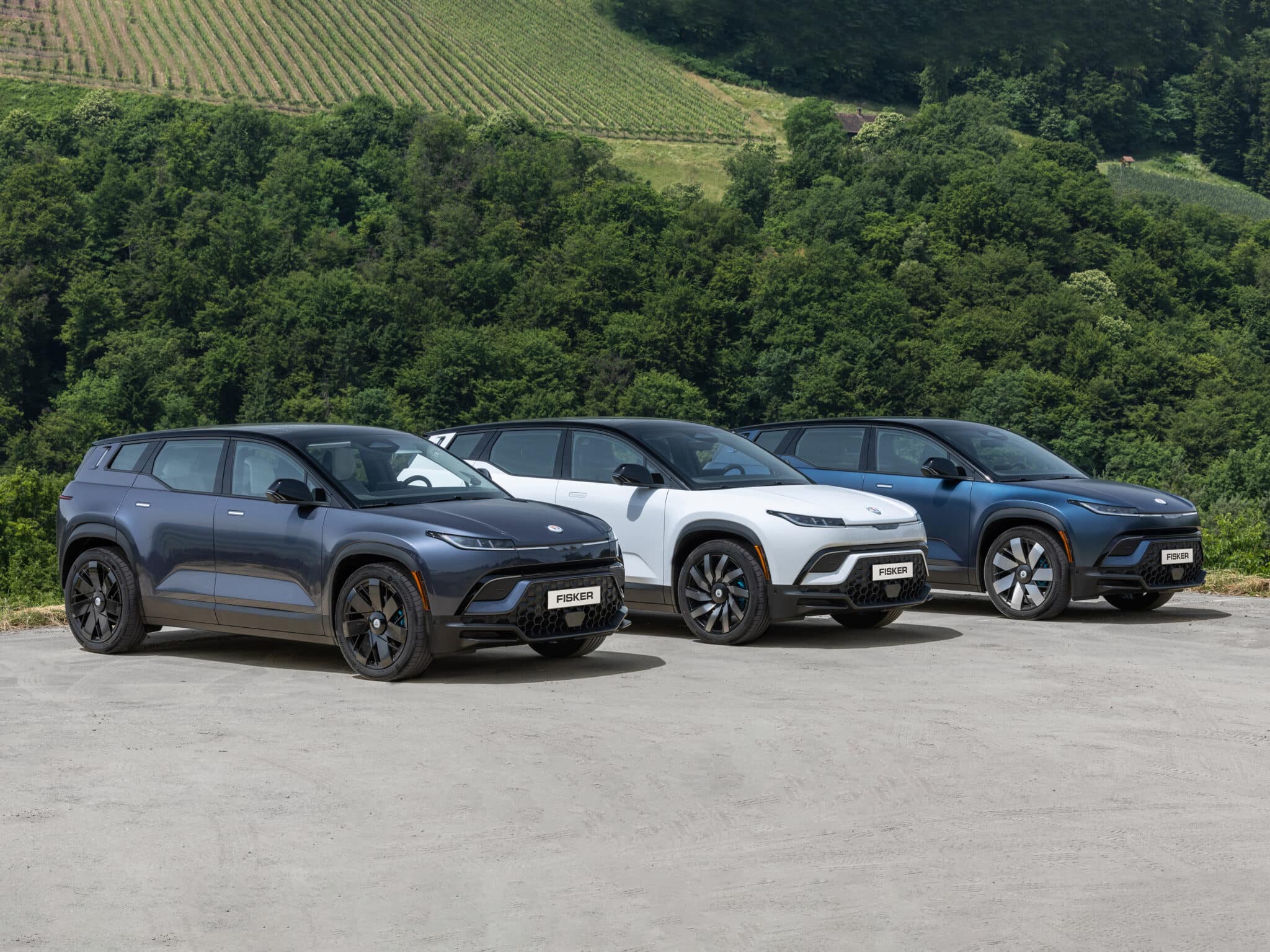
Fisker is a promising new EV-only manufacturer. Its Ocean range is growing rapidly in popularity and gaining plaudits across markets.
Who’s winning the US car ‘culture wars’?
The EV transition in the US isn’t just a technological shift; it’s a cultural one. It partly stems from a deep-rooted affinity for traditional internal combustion engine vehicles, especially in places where the automobile represents certain lifestyles or freedom. With highways covering vast distances across the States, this resistance is compounded by concerns over EVs’ range, charging times, and performance in various weather conditions.
This so-called ‘Culture War’ inevitably serves to influence how quickly companies move towards electrification. Electric vehicles represent less than 10 percent of vehicle sales in America, and those sales are concentrated in regions where financial incentives and environmental policies are aggressive. The rest of America lags behind. A recently released study from international consultancy Deloitte suggests that only 8% of Americans are actively considering an electric vehicle as their next daily transport. That lags significantly behind other markets surveyed, like Germany (16%) and China (27%). In a separate UAE survey by Al-Futtaim, the figure for UAE is 26%.
Do we have the same problem in the UAE?
The short answer is no. The UAE is a very different market and, thankfully, the transition to electric mobility is not nearly as politically charged as it is in the US. This is partly because the UAE doesn’t have a large, endemic auto manufacturing capability. But also, there is strong consensus from the government and drivers that EVs are a good – and necessary – idea!
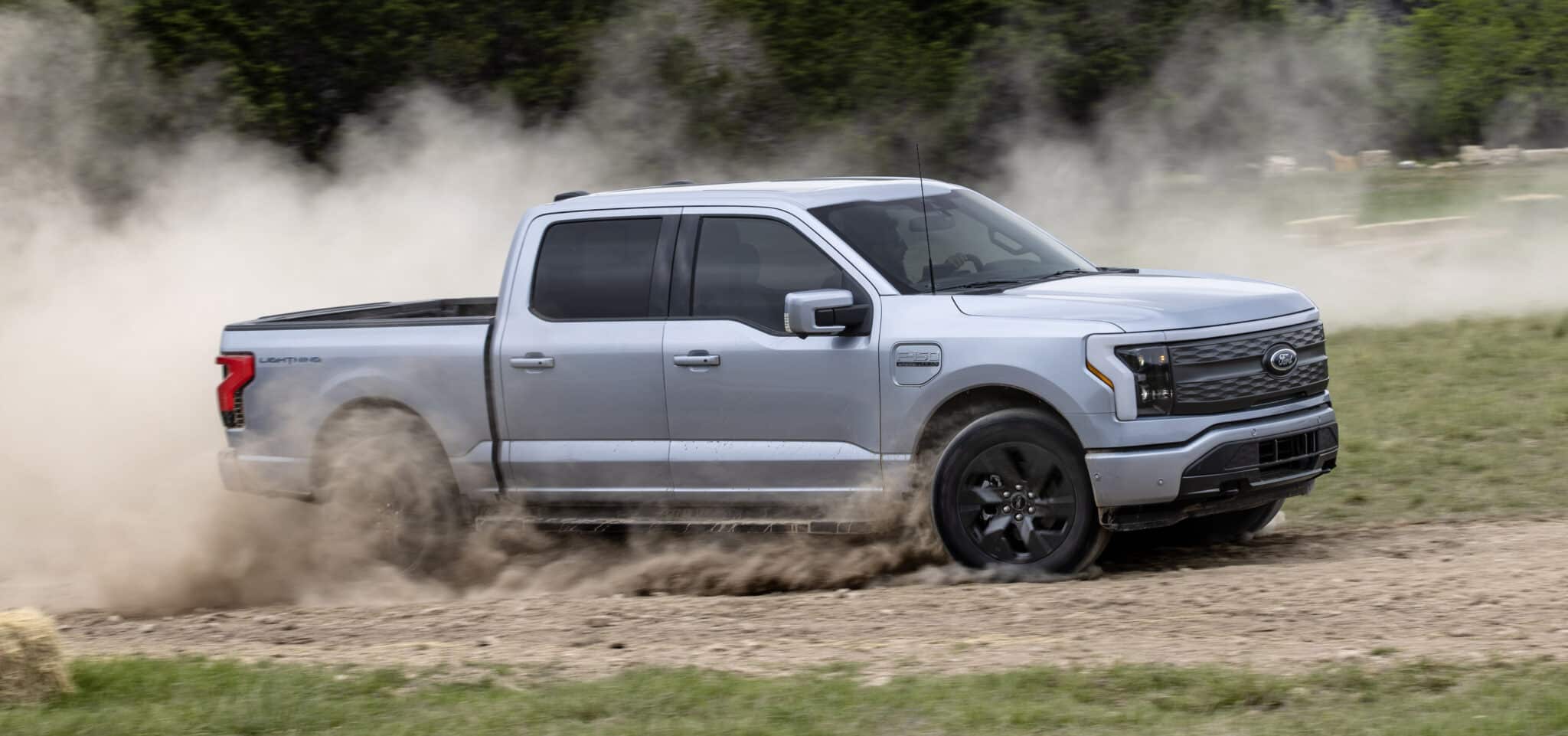
Ford has announced a slowdown in the production of its F-150 Lightning electric pickup.
Sustainable car manufacturing
If US car companies can’t get everyone to drive zero-emission cars, perhaps they can focus on re-evaluating supply, manufacturing, and distribution strategies to curb their carbon footprints?
For instance, Tesla is significantly reducing water usage in its vehicle production processes and emphasizing the recycling of batteries. These efforts are pivotal in minimizing the environmental impact of their manufacturing operations.
Digitalization plays a crucial role in this green transformation. By employing tools like the Internet of Things (IoT) and AI, automakers can optimize their operations, reduce waste, and improve energy efficiency. This not only aids in meeting sustainability targets but also enhances overall operational efficiency.
Net Zero – mission impossible?
Regardless of how efficient you make the production processes or the cars themselves, is the very act of making and selling brand new cars in the quantity American consumers demand (for example 2,486 Ford F-150 pickup trucks are sold every day!), actually conducive to endeavours aimed at achieving the US’s net-zero goals?
The answer is nuanced. While EVs offer a cleaner alternative for transportation, their production involves significant resource and energy use. The extraction and processing of materials for batteries, the manufacturing process, and the current energy mix used to power these vehicles all contribute to their environmental footprint.
Additionally, the focus on new vehicle production often overshadows the potential of other sustainable transportation solutions like public transit, car sharing, and the extension of vehicle life spans through better maintenance and retrofitting.
While American car makers are undoubtedly on a path to a greener future, the path to net-zero remains difficult and complex, involving not just a practical shift to EVs but a holistic rethinking of the broader transportation ecosystem.



